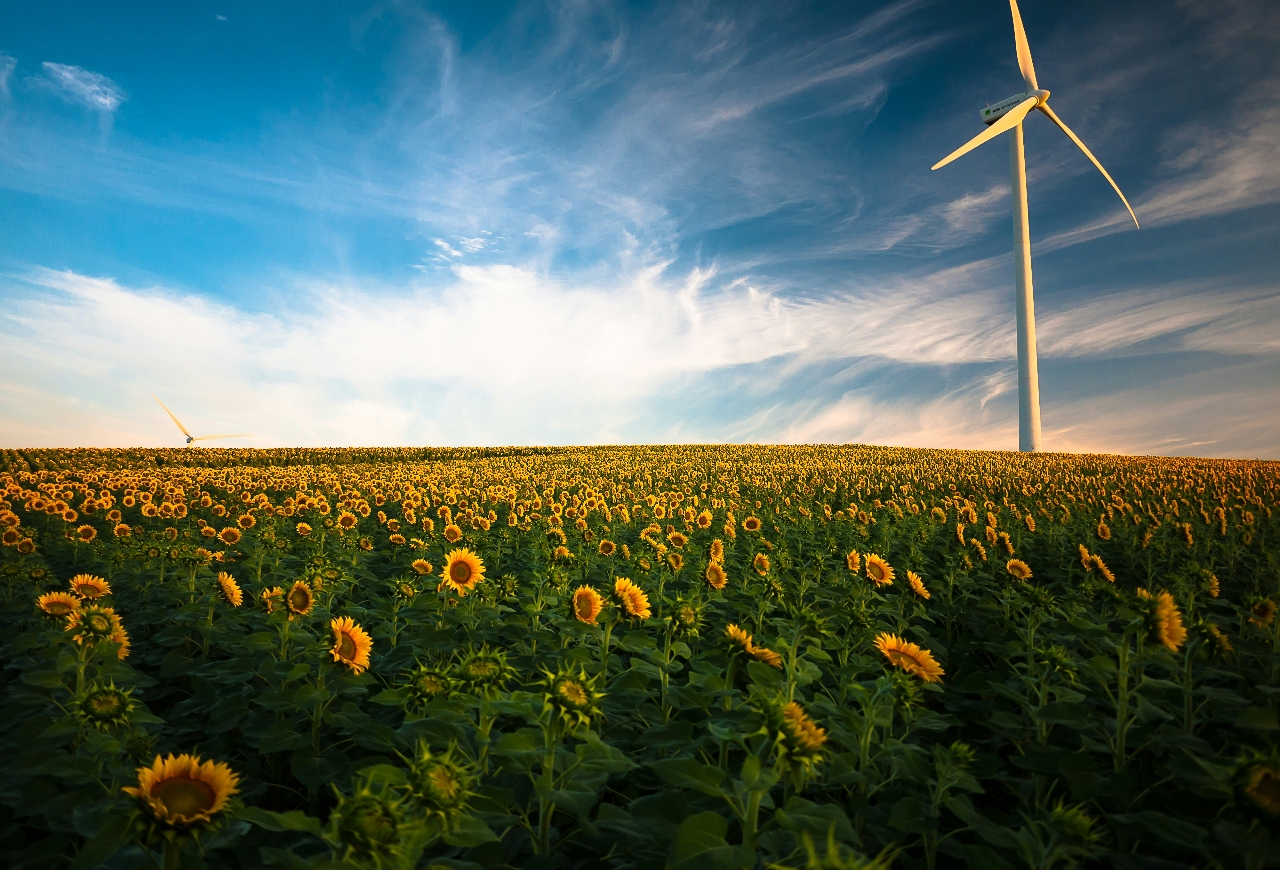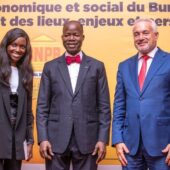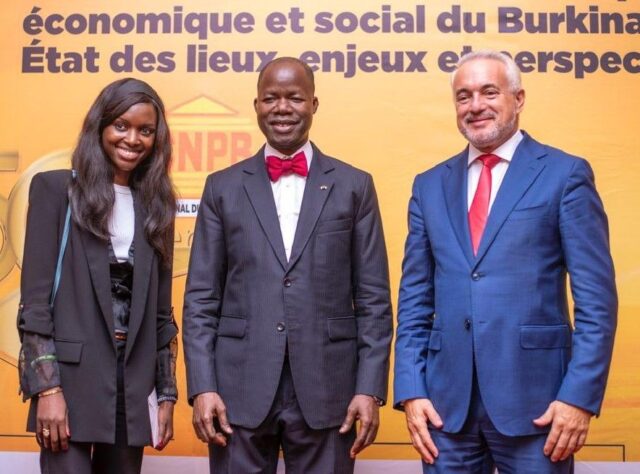The World Economic Forum’s annual report on the energy transition finds many countries are still heading in the right direction, but that progress is slowing.

Countries are making progress towards realising the global energy transition, but overall momentum is flagging, highlighting the need for more investment to build on some encouraging gains in the developing world, the World Economic Forum reports in its annual look at the topic.
In the 14th edition of the Fostering Effective Energy Transition report, the WEF noted that its benchmarks for 107 of the 120 countries surveyed indicated they had made advances in their transitions towards clean and sustainable energy systems over the last decade.
But it said that the slowdown in the pace of the global energy transition, first identified in its 2022 data, had intensified in the past year. The survey found that more than 80% of countries had moved backwards compared to the previous report in at least one of the three main energy system performance dimensions it benchmarks, namely security, equity (meaning equitable energy distribution, access and cost) and sustainability.
“This year’s Energy Transition Index delivers a clear message: urgent action is needed. Global decision-makers must make bold moves to regain momentum in the transition towards an equitable, secure and sustainable energy future,” said Espen Mehlum, the WEF’s head of energy transition intelligence and regional acceleration.
Slowdown drivers
Economic volatility, heightened geopolitical tensions and technological shifts had all played a role in either slowing the speed of the transition, or altering its trajectory, according to the report.
The WEF and partner Accenture benchmark countries to produce an Energy Transition Index (ETI) for the report based on the overall performance of their current energy systems. The resulting league table shows developed countries dominating, led by Sweden, Denmark, Finland, and Switzerland. The only non-European nations in the top 20 are Brazil (13th), China (17th ), the US (19th) and Chile (20th).
However, the WEF reports that the gap in overall scores has narrowed between advanced and developing economies and says that the “centre of gravity” of the transition is shifting towards developing countries. Nevertheless, developed countries and China have attracted almost 90% of the growth in clean energy investment since 2021.
China and Brazil
China and Brazil have progressed significantly in terms of green energy growth over recent years, mainly due to long-term efforts to boost the share of clean generation in energy mix and improve grid reliability, the report said.
China continues to increase its renewable energy capacity and invest in its manufacturing capability for batteries, electric vehicles, solar panels, wind turbines and other green technology at a rapid rate. The country commissioned as much solar photovoltaic (PV) capacity in 2023 as the whole world did in 2022, according to data from the International Energy Agency, which recently made its own plea for more clean energy investment.
Brazil’s commitment to a green agenda has intensified under the current presidency of Lula da Silva. WEF says Brazil’s long-term plan for hydropower and biofuels, along with institution-building initiatives, have been vital in attracting investments. Progress there and in Chile contrast with the Latin America and the Caribbean region as a whole, which has recorded some of the slowest growth in energy transition progress recorded globally over the last decade.
India is still ranked a relatively lowly 63 on the ETI, but it is now a leader in developing new energy solutions and technologies, along with China and the US, according to the WEF report.
African investment crunch
While the countries of sub-Saharan Africa (SSA) are also well down the overall rankings, the region has shown the strongest growth in ETI scores, due to improvements in energy access and affordability. WEF said SSA’s energy transition growth of 10% over the last decade made it the strongest performing world region on the ETI’s equitable dimension. The region made the highest gain of 58% in regulation and political commitment scores, as well as making advances in terms of education and human capital.
However, it is struggling to build on these gains, as it is still hampered by a lack of investment and an inability to foster the public-private partnerships required to strengthen infrastructure and diversify the energy mix.
“The widening gap in transition financing between advanced and developing economies necessitates increased international support and new approaches to unlock investments,” the report said.
If sufficient financing is to reach emerging and developing economies, support from advanced nations should be tailored to the needs of individual countries, based on factors like region, income level and local energy resources, the authors said.
This year’s version of the report includes, for the first time, so-called tailored pathways to help analyse country-specific characteristics, such as income level and local energy resources, which can be used for decision-making. The WEF called for “forward-thinking policymaking in all nations to foster truly conducive investment conditions”.





